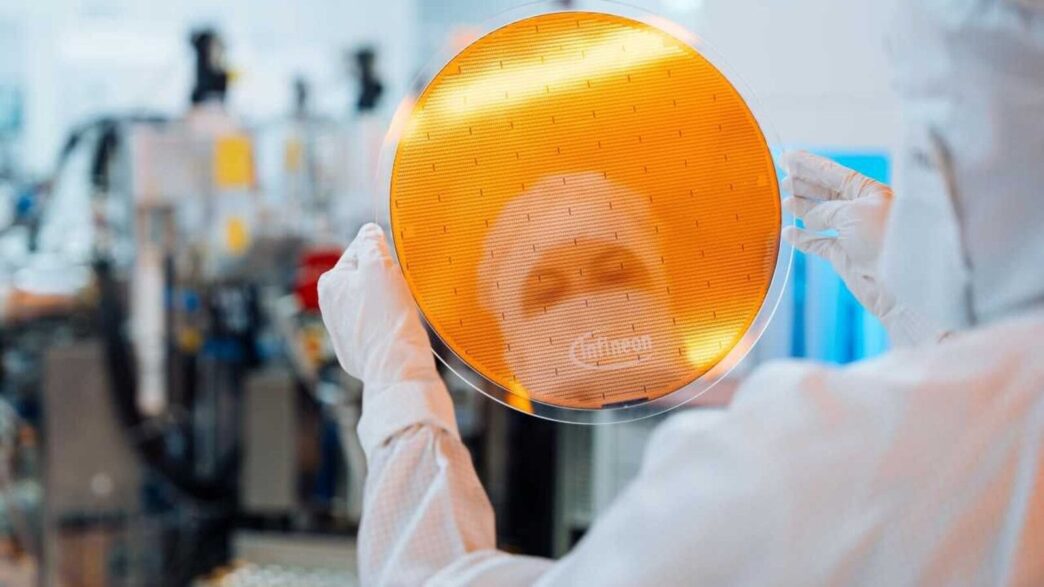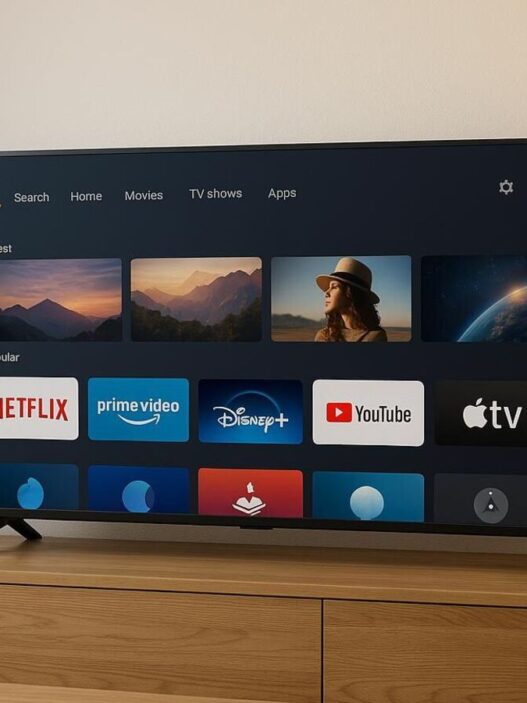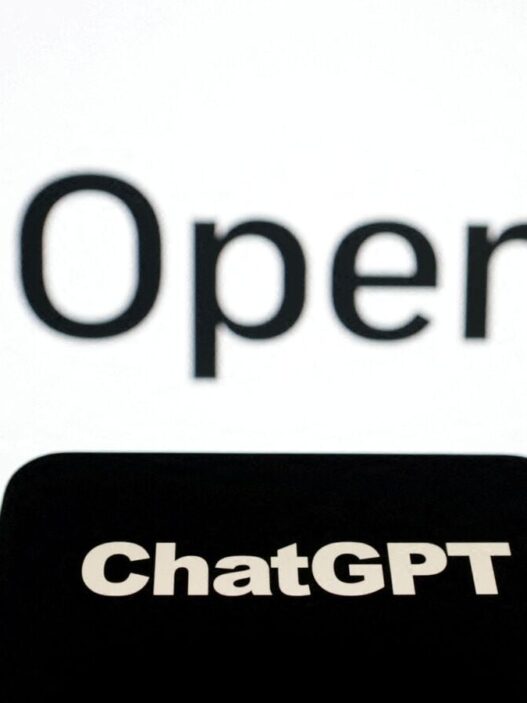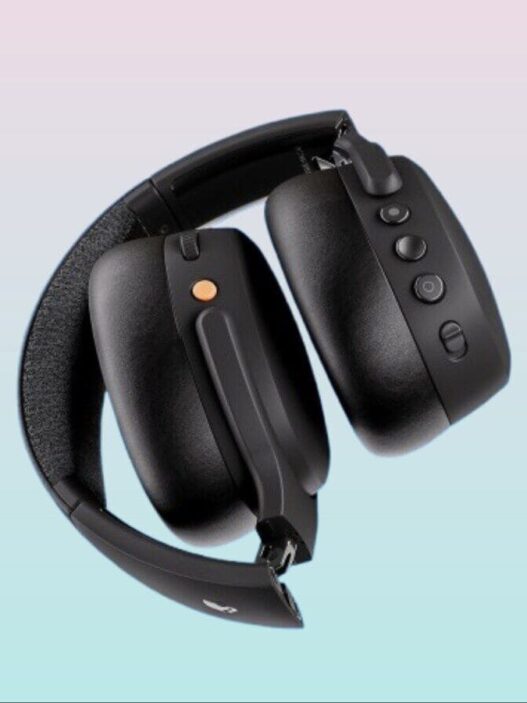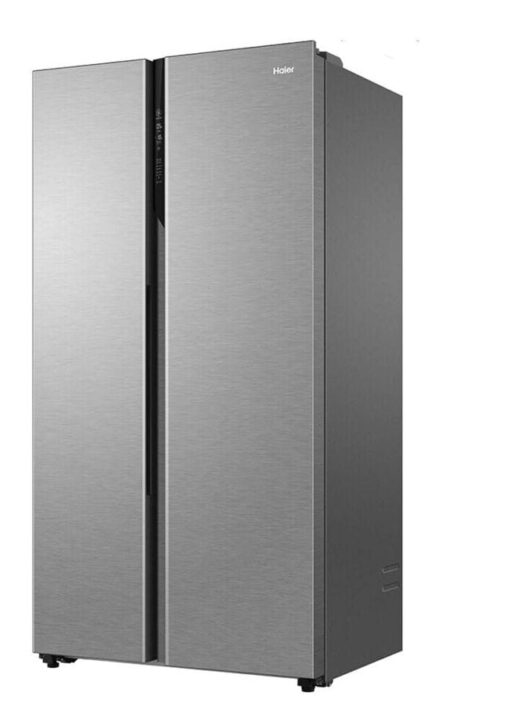It wasn’t long ago—say, two months— that European governments and companies thought nothing of relying on Microsoft software for daily tasks or Amazon.com’s Amazon Web Services for data storage. Not so much anymore.
President Donald Trump, who has proclaimed that the European Union was “formed in order to screw the United States,” is girding for trade warfare over the continent’s moves to tax and regulate U.S. tech giants. A Feb. 21 White House memorandum directs relevant cabinet departments to “defend American companies and innovators from overseas extortion,” with Europe’s digital services taxes as Exhibit A.
“There are serious concerns about America weaponizing digital infrastructure,” says Dimitar Lilkov, senior research officer at the Wilfried Martens Centre for European Studies.
Enter the EuroStack. This concept was fleshed out in a “bold vision for digital sovereignty” recently issued by the Brussels-based Centre for European Policy Studies, with a roster of co-signers from academia and nongovernmental organizations.
Digital independence for Old Europe looks like an uphill climb. The U.S. accounts for 71% of global research-and-development spending on “software and internet technologies,” and 70% of “foundational AI models,” according to the report itself. China is runner-up in both categories.
European catch-up would cost 300 billion euros ($323 billion), the report estimates, while the continent is already scrambling to find huge sums for a defense upgrade. Balkanized European financial markets are no match for Nasdaq and U.S. venture capitalists in nurturing the next emerging genius. “The EuroStack cannot work without a major initiative to deepen capital markets,” says Andrea Renda, director of research at CEPS.
Europe isn’t without its own tech stars, though. German software power SAP just nosed past Danish pharma champion Novo Nordisk as the continent’s most valuable company, largely thanks to a one-third growth in cloud revenue last year. Netherlands-based ASML, a near-monopolist in machines that make the most advanced semiconductors, isn’t far behind.
The EuroStack report points to a deep bench of what might be called second-line tech names, providing the glue between cutting-edge innovation and practical use in manufacturing and energy provision. Scandinavian telecom-equipment giants Nokia and Ericsson have quietly become hot stocks again, both soaring by about 40% over the past 12 months. “Europe is more advanced than the U.S. in the 5G connectivity layers,” Renda says.
France-based Schneider Electric has had a similar run over the past 18 months, due to its potential to supply an anticipated artificial-intelligence data center boom.
Bargains are getting harder to find after a 14% year-to-date bounce in the iShares Europe exchange-traded fund, says Roland Kaloyan, head of European equity strategy at Société Générale. “The market has reached our target,” he says.
Some rough tech gems may still await discovery, though, says Michael Field, European equity strategist at Morningstar. He likes two Dutch-domiciled companies: Infineon Technologies, an Internet of Things pioneer focused on power systems, and NXP Semiconductor, which provides specialized chips to auto makers and other industries. Adyen, a point-of-sale payments provider akin to Square in the U.S., is a sleeper European fintech name, he adds.
Despite its unwieldy structure, the EU has responded rapidly and at scale to two crises in the past five years: first Covid, then Vladimir Putin’s cutoff of Russian gas after he invaded Ukraine. A continuing third shock from a vocally hostile and contemptuous U.S. administration will also spur a response.
Digital sovereignty may be far off, but watch those companies.


